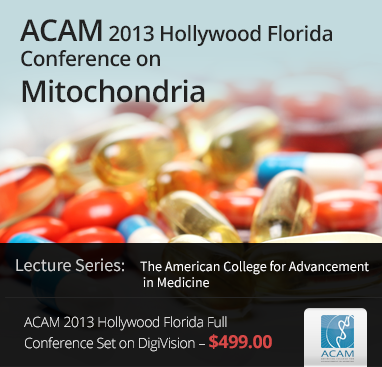- Dr. Sangeeta Pati - Hormones, Nutrition, Detoxification, Mind, and Body
- IV Nutrition Textbook
- IV Nutrition and BHRT Workshops - by Central Drugs
- Regenerative Business Summit by Medfit
- Cash Practice Success Summit
- Special Topic Sets on Hormones, Weight Loss, Stem Cells, Cancer, Sex, and more
- Ron Rothenberg, MD Special Set
- Thierry Hertoghe, MD Special Set

Let’s look at probiotics; probably more than you’ve ever wanted to know on the subject and then we’re going to look at prebiotics. Beneficial effects of a normal gut flora, I think it’s really important we go back over this because I hope when you leave this weekend, that as much as I talk to you about hormones and hormonal balance, if you don’t have gut health you don’t have anything. The gut stimulation of the immune system synthesis of B vitamins and vitamin K, it enhances GI motility, increases GI function, improves digestion, increases nutrient absorption, relief of abdominal distension by gas formers, inhibition of pathogens, metabolization of drugs and plants, production of polyamines and short-chain fatty acids.
What’s the definition of a probiotic? Well, it was first defined by Lilly and Stillwell, ‘Probiotics are organisms and substances which contribute to intestinal and microbial balance’. ‘Probiotics are microbial dietary adjuncts that beneficially affect the host physiology by modulating the mucosal and systemic immunity as well as improving nutritional and microbial balance in the intestinal tract.’ Now that’s probably the one that most people will agree to at this point. This expanded definition now allows for fermented foods, such as yogurt, sauerkraut and kefir, to be included. The expanded definition also provides for the supplements containing freeze dried bacteria to be included as well.
So lactobacillus, lactobacillus, are a gram-positive, non-spore forming rod shaped organisms that produce lactic acid as the end product of carb fermentation. So fermented vegetables, dairy products and looking at the GI tract and vaginal area, all of these have lactobacillus. How about bifidobacteria? These are gram-positive, non-spore forming bacteria that are ‘Y’ shaped, they are the end product of acetic acid production and they’re in your GI tract and women in the vaginal vault.
When you look at colonisation of the intestinal tract, it begins literally during the birthing process. Until that time, before the baby is born, the GI tract is sterile. During birth, the baby is inoculated with microorganisms from the birth canal and the environment. Initially the organisms are mostly E. coli, enterococci and streptococci, so that does make you wonder what happens to the child that has a C-section, because they are not going to get some of this benefit. How about breast fed babies? Breast fed babies have a GI tract that is mostly bifidobacteria and a few anaerobes. Breast milk contains lactobacilli and bifidobacteria; when the infant starts to consume food it changes literally the microflora of the gut. There’s a rise in the enterococci and enterobacteria, there’s a rise in bacteroides, anaerobic streptococci and clostridia, so there’s a change that literally occurs. How about formula fed babies? In formula fed babies that microflora is more complex, like it would be in an adult. It contains less bifidobacteria, more bacteroides, clostridia and anaerobic streptococci.
If you look at the gut flora and vaginal flora, there are changes that occur through time. Beginning in mid-life, the gut flora does start changing at around the age of 40. There’s a decrease in the number of bifidobacterium, there’s an increase in E. coli and clostridium that occurs. With menopause, the vaginal flora of a woman changes; the population of E. coli goes up, lactobacilli decline, when you give the patient oestrogen appropriately it returns the vaginal flora back to what it’s supposed to be in the premenopausal state.
To purchase the whole series, click here.
Aug
03,
2015






